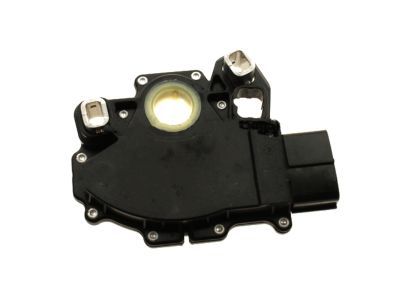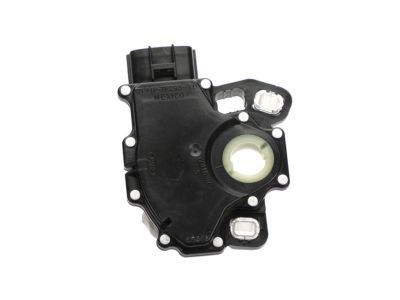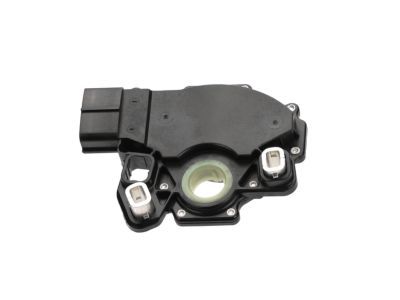

My Garage
My Account
Cart
Genuine Lincoln Navigator Neutral Safety Switch
Transmission Neutral Safety Switch- Select Vehicle by Model
- Select Vehicle by VIN
Select Vehicle by Model
orMake
Model
Year
Select Vehicle by VIN
For the most accurate results, select vehicle by your VIN (Vehicle Identification Number).
2 Neutral Safety Switches found
Lincoln Navigator Sensor Assembly
Part Number: F7TZ-7F293-AA$62.13 MSRP: $99.09You Save: $36.96 (38%)
Lincoln Navigator Neutral Safety Switch
The Lincoln Navigator pertains to Neutral Safety Switch that is safety feature that only releases the starter so that the engine will not start if the gear shift lever is not in the neutral or the park position. This mechanism makes it possible for the vehicle not to move before the engine is started thus improving on the safety of the vehicle for the user or the driver as well as the passengers. The use of Neutral Safety Switches can be dated back to the older Lincoln Navigator cars, it has assumed different forms and appearances over the years although it performs the same basic function of protecting or enabling certain parts of the car's system. These may be because of new technology or they have changed with the design of a particular automobile but they all serve the same purpose of preventing the vehicles from moving when starting.
We provide a wide range of Lincoln Navigator Neutral Safety Switch at the best prices possible. If you need Lincoln Navigator Neutral Safety Switch, you can shop with confidence on our website. All our OEM parts come with a manufacturer's warranty and are delivered to your door step with a fast delivery service.
Lincoln Navigator Neutral Safety Switch Parts Questions & Experts Answers
- Q: How to adjust and replace the Transmission Range sensor on Lincoln Navigator?A:On the 2005 and later Expedition/Navigator models, the Transmission Range sensor is incorporated into the transmission as part of the TCM and is not adjustable, and if it fails it must be replaced as an assembly. The Transmission Range (TR) sensor is fitted on the manual lever of the transmission and it informs the powertrain control module (PCM) not to start the engine if the selected gear is anything apart from Park or Neutral, and also lights up the back-up lamps once the transmission lever is shifted to Reverse. Starting with the engine other then in the PARK or NEUTRAL position may cause the metering of the TR sensor to be out of adjustment or the sensor itself could be defective and would require a functional test. If the car has air suspension system then the system should be turned off before lifting the car securely on jack stand. For the TR sensor it is suggested to use a special aligning tool and for those without the tool one can turn the ignition to on, shift to reverse and check back up lights. It is a sign that the sensor is bad if the lights come on but the engine begins to start in the wrong gear. Should the lights fail to come on, the Shift Cable should be disconnected, the sensor fasteners removed and the sensor positioned so as to turn on the lights and tighten the fasteners before reconnecting the cable. Sometimes after adjustment of the back-up lights, they may not glow; this should be an indication that the circuit has some problems. After all the tweaks, the vehicle should be lowered and, depending on the results of the work, air suspension system must be activated again. For replacement, the air suspension system should be once more deactivated, the vehicle heavily jacked up and then supported on jackstands and the electrical connector from the TR sensor disconnected. The shift cable should be disconnected and depending on type of transmission the manual shift lever may have to be also removed. The TR sensor retaining bolts must be undone and then the TR sensor. Removal on the other hand is done in reverse order while installation requires one to tighten the retaining screws, and adjust the sensor before lifting the vehicle and then activating the air suspension system, if it is equipped.





















